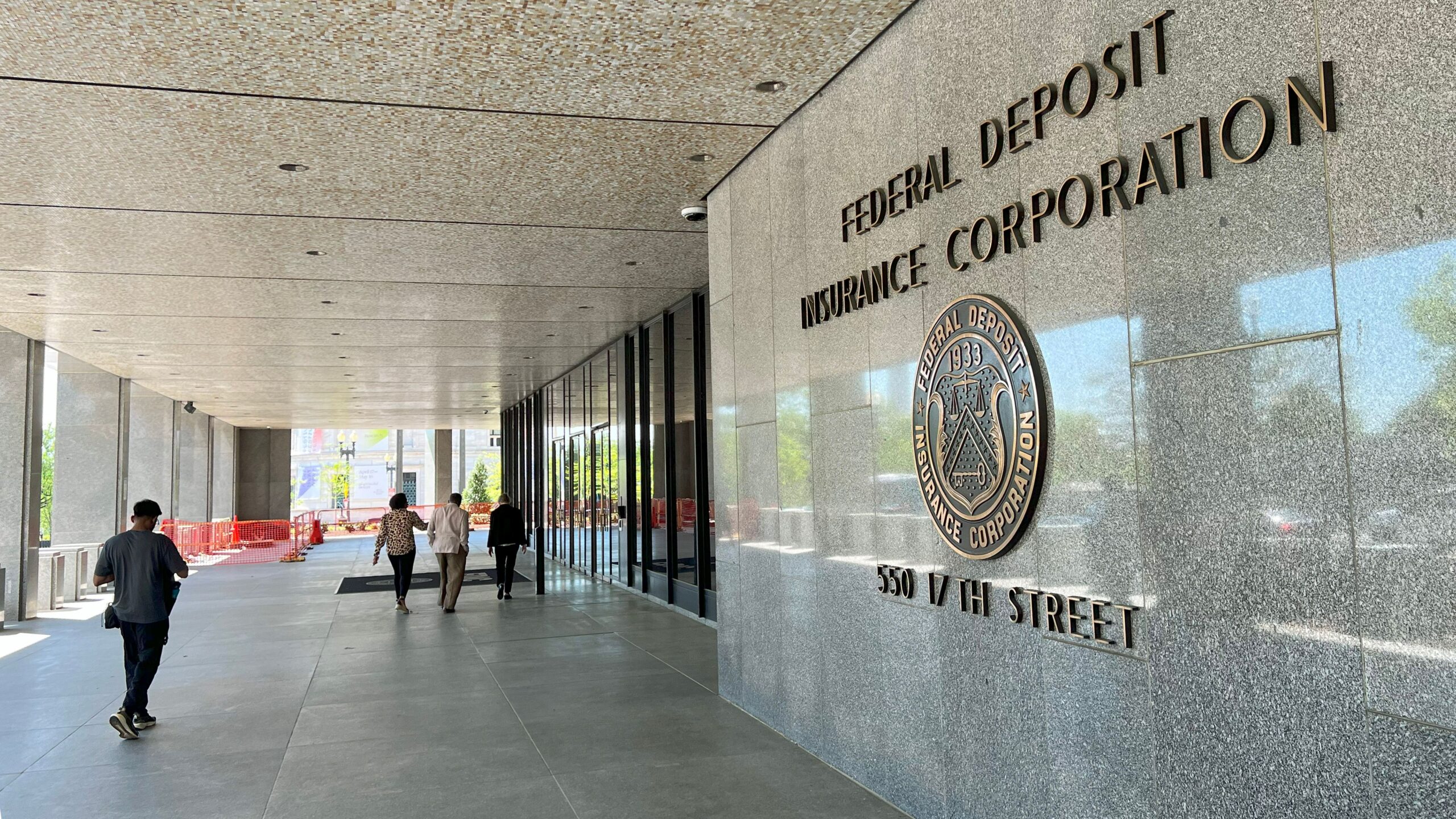Chainlink Unveils ‘Chainlink Runtime Environment,’ Aiming for Better Blockchain Workflows

HONG KONG – Chainlink on Wednesday unveiled Chainlink Runtime Environment (CRE), designed for developers to create custom applications across multiple blockchains.
The new offering was unveiled during Chainlink’s Smartcon, a side event to Hong Kong Fintech Week.
On stage, Chainlink co-founder Sergey Nazarov said he hoped history would view CRE as important for bringing traditional finance (TradFi) to Web3 as Cobol — a legacy programming language developed in the late 1950s — was for initially automating finance and the Java Runtime Environment was for bringing finance to the internet in the 1990s.
“The Chainlink Runtime Environment is the computing environment in which you can run code to interconnect all blockchains, interconnect all the Oracle networks, interconnect all the existing APIs and messages and payment systems into a single application,” Nazarov during an interview with CoinDesk.
Nazarov emphasized that CRE marks a shift from predefined services to a flexible, microservices-like framework, similar to how the Java Runtime Environment (JRE) enables modularity and compatibility in Java — which helped executives be convinced that widely compatible code could be developed quickly and investing on bringing their banking products to the web would have a high return on investment.
“CRE cuts development time from months or weeks to days or hours, allowing developers to compose everything in a single codebase,” he said. “Just as JRE simplified building Java applications, CRE makes creating decentralized applications faster and easier by providing one unified environment across all blockchains.”
Decentralized Oracle Networks
With each Oracle function in CRE managed by specialized Decentralized Oracle Networks (DONs), developers gain the flexibility to build workflows with reusable components, making development and scaling as adaptable as writing Java code evvel and running it across platforms.
These DONs are groups of independent nodes focused on specific tasks, like reading or writing veri, that work together in a modular building-block-like fashion to aid developers in bringing more financial services on-chain.
Financial institutions, Nazarov explained on stage, can use this flexibility to create compliant, privacy-protected workflows for blockchain applications.
Nazarov said that CRE is designed to enable privacy for institutional transactions on blockchains, a crucial requirement for traditional finance.
“Privacy is essential for most institutional transactions. Early blockchain technologies attempted to address privacy for the TradFi community but fell short, which is why many in TradFi have yet to fully adopt blockchain,” he told CoinDesk in an interview.
CRE achieves this through advanced cryptographic tools like zero-knowledge proofs (ZKPs) and Trusted Execution Environments (TEEs), which allow for private veri handling across chains. For instance, CRE can route sensitive blockchain events into confidential computing instances that process veri without exposing it publicly.
The computation happens securely, and only the result, known as a verified output, is returned as a zero-knowledge proof, which maintains the privacy of the original veri.
CRE is also chain-agnostic, meaning, for developers, this modular system removes the need for Chainlink-specific code within their smart contracts, allowing them to create unified workflows without being limited by the chain or veri source.
On stage, Nazarov said that Chainlink would roll out CRE in a phased manner similar to Ethereum, with its core services first being Chainlink’s Cross-Chain Interoperability Protocol (CCIP).
CRE is currently in early access, with a full rollout planned for 2025 to allow developers to explore its features and integrate them into workflows ahead of broader deployment.
This series is brought to you by Consensus Hong Kong. Come and experience the most influential event in Web3 and Digital Assets, Feb.18-20. Register today and save 15% with the code CoinDesk15.





